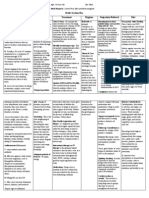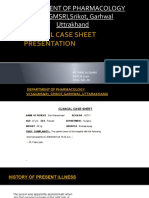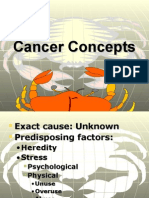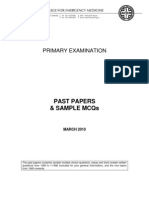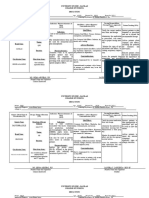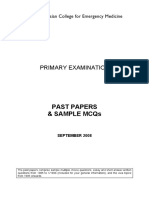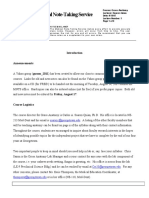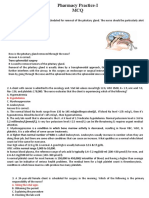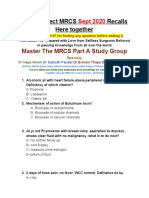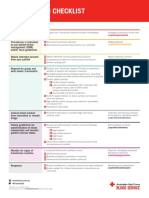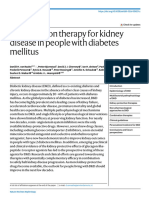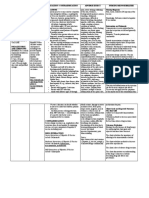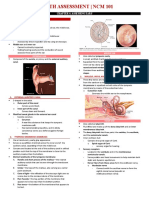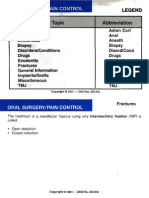0% found this document useful (0 votes)
932 views2 pagesUnit 7 Text Questions
This document contains 5 questions about medical terminology, prescriptions, and radiology/pathology reports.
1. The first question asks to translate a prescription for nitroglycerin into layman's terms for a bottle label.
2. The second question asks about the meaning of "DEA" followed by a number on a prescription for a controlled substance.
3. The third question asks to transcribe a doctor's notes about a patient exam using medical abbreviations.
4. The fourth question asks which department a misfiled patient chart belongs to based on the pathology report description.
5. The fifth question asks to translate a radiology report about a CT scan for kidney stones
Uploaded by
Niyanth RajaCopyright
© © All Rights Reserved
We take content rights seriously. If you suspect this is your content, claim it here.
Available Formats
Download as PDF, TXT or read online on Scribd
0% found this document useful (0 votes)
932 views2 pagesUnit 7 Text Questions
This document contains 5 questions about medical terminology, prescriptions, and radiology/pathology reports.
1. The first question asks to translate a prescription for nitroglycerin into layman's terms for a bottle label.
2. The second question asks about the meaning of "DEA" followed by a number on a prescription for a controlled substance.
3. The third question asks to transcribe a doctor's notes about a patient exam using medical abbreviations.
4. The fourth question asks which department a misfiled patient chart belongs to based on the pathology report description.
5. The fifth question asks to translate a radiology report about a CT scan for kidney stones
Uploaded by
Niyanth RajaCopyright
© © All Rights Reserved
We take content rights seriously. If you suspect this is your content, claim it here.
Available Formats
Download as PDF, TXT or read online on Scribd
/ 2










